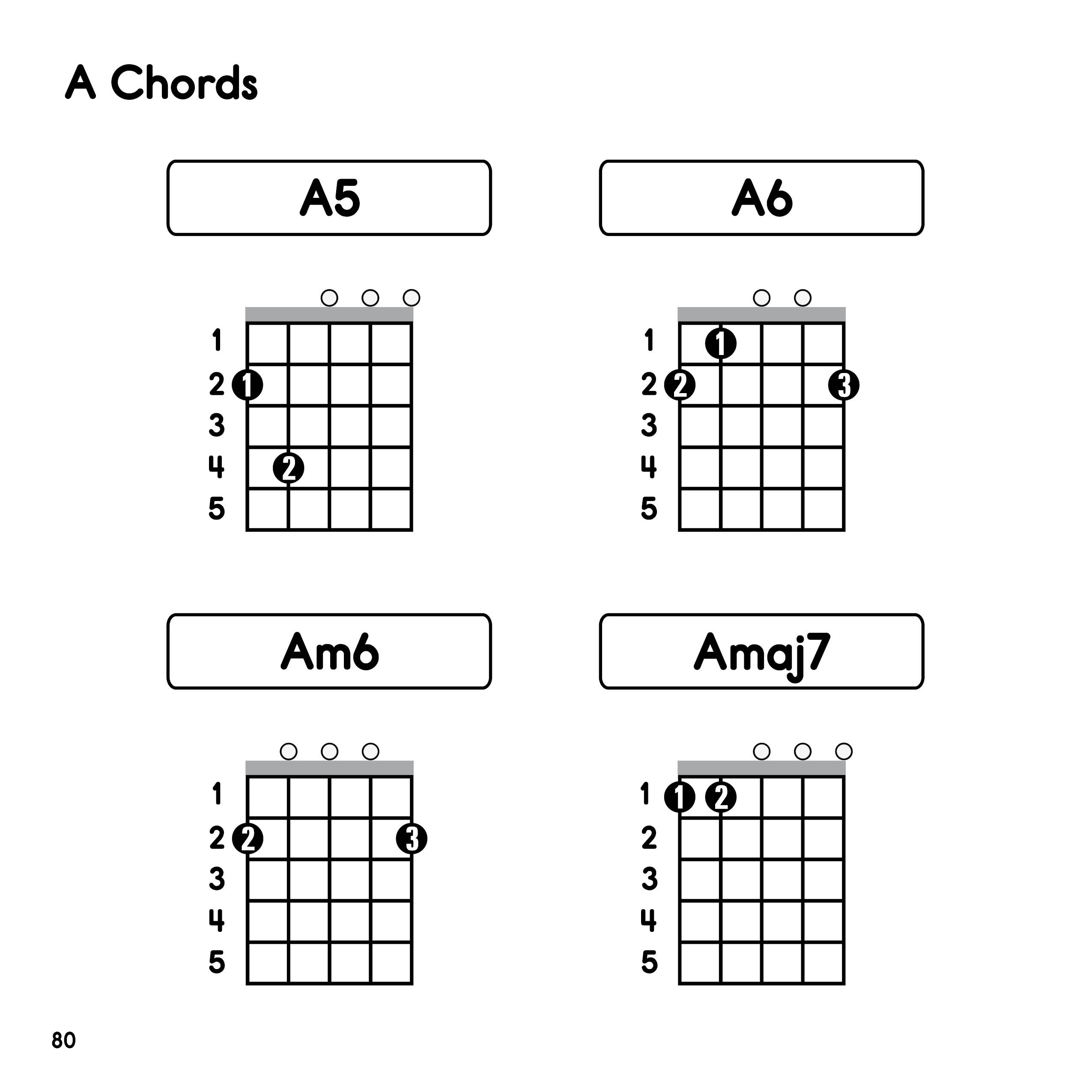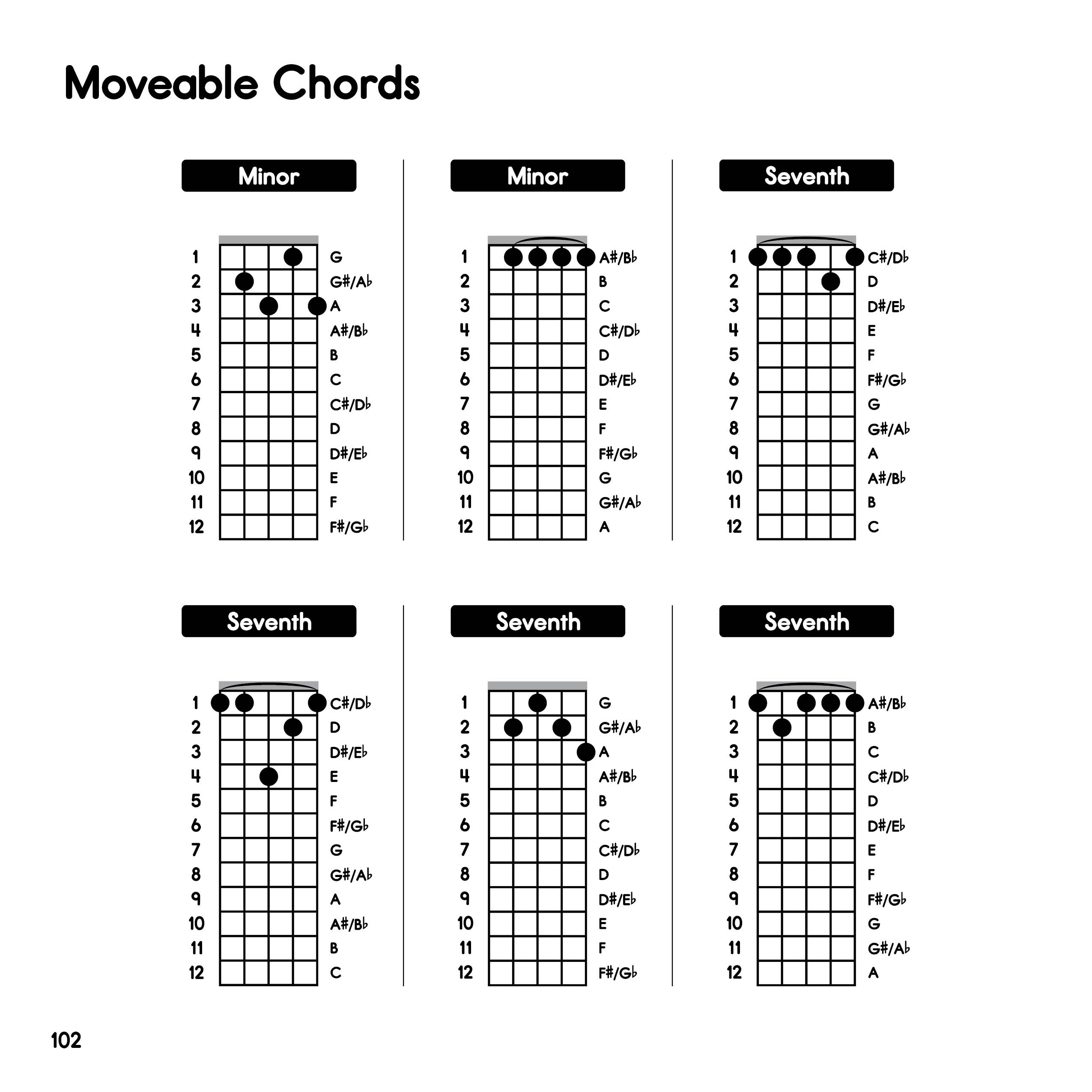


A great deal of the iReal Pro’s value lies in its content, namely the thousands of royalty-free leadsheets that are community-driven, and therefore evolving with fixes and enhancements as they are being actively used.
#IREAL PRO CHORDS SYMBOLS TOO BIG FULL#
Unnecessary pressure! It would be much more useful for an app to show both the full chart (including the melodic theme) and to provide playback.Īll is not lost.
#IREAL PRO CHORDS SYMBOLS TOO BIG PDF#
During practice, I perform a complicated ritual on my tablet whereby I load up the PDF chart and the iReal Pro app, then click the Play button in iReal Pro before quickly switching to the PDF chart while iReal Pro is counting in. For example, one of my frustrations as a practicing musician, is that I still need to refer to a traditional (Real Book) chart in order to read a song’s melodic theme. It’s understandable, because how else could the app makers sustain their work by releasing their app in the open? Open source business models are still contentious.įurthermore, some limitations of iReal Pro are structural. Philosophical considerations aside, this means that its development is gated and that fixes and new features are up to the whims and fortunes of a single organization. Now that’s what I call a successful product!įor all its greatness, iReal Pro suffers from one big (but understandable) flaw: it is not open source. Because the app is flexible and easy to use, it has attracted a large community of users who have contributed the bulk of the leadsheets that are in active use today. It allows to specify a full chord progression and to play it back in a number of styles, from pop to jazz to latin. iReal Pro (source) MuseScore (via ireal-musicxml) OSMD (via ireal-musicxml) What’s the point?įor musicians, iReal Pro is an indispensable tool that captures the essence of practicing a tune. Click each thumbnail to see a larger image.


In this post, I hope to summarize the challenges, lessons learned, as well as the context around this work.īut first, some pretty pictures! Following is the same iReal Pro leadsheet for Herbie Hancock’s Butterfly, as rendered by iReal Pro, then rendered by MuseScore and OpenSheetMusicDisplay (OSMD) after MusicXML conversion. Yesterday, I finally published an online demo of my iReal Pro to MusicXML converter (unimaginatively called ireal-musicxml), having spent around 300% of the time I had originally anticipated to reach the first release of this module. Hence the oft-repeated advice to find others to play with (not easy), use backing tracks (easy, but less fulfilling), and getting a real live in the flesh teacher.Further description of iReal Pro playback emulation So learn ABOUT jazz guitar playing through the resources you’re seeking, but to learn to DO it, you have to do it. People learn to play it by playing it, not by reading “Basketball for Dummies” Which is a great book, BTW.Don Nelson.but you read it to learn ABOUT basketball rather than to learn to PLAY basketball. Initially poorly, perhaps, but it’ll get better. Not so much by studying it as an object, more by just doing it. It’s about the music (songs) jazz is learned by immersing yourself in it, listening and playing it. Like Galbreaths Comping, Jody Fisher’s books published by Alfred, or one of the ones from Jason Alexander which are not classics but cut right to the meat of the matter for me (surf on Amazon for them).īut the point everyone is bringing up is really important. I don’t think you made a mistake, but don’t feel like you need to rely on one resource.


 0 kommentar(er)
0 kommentar(er)
